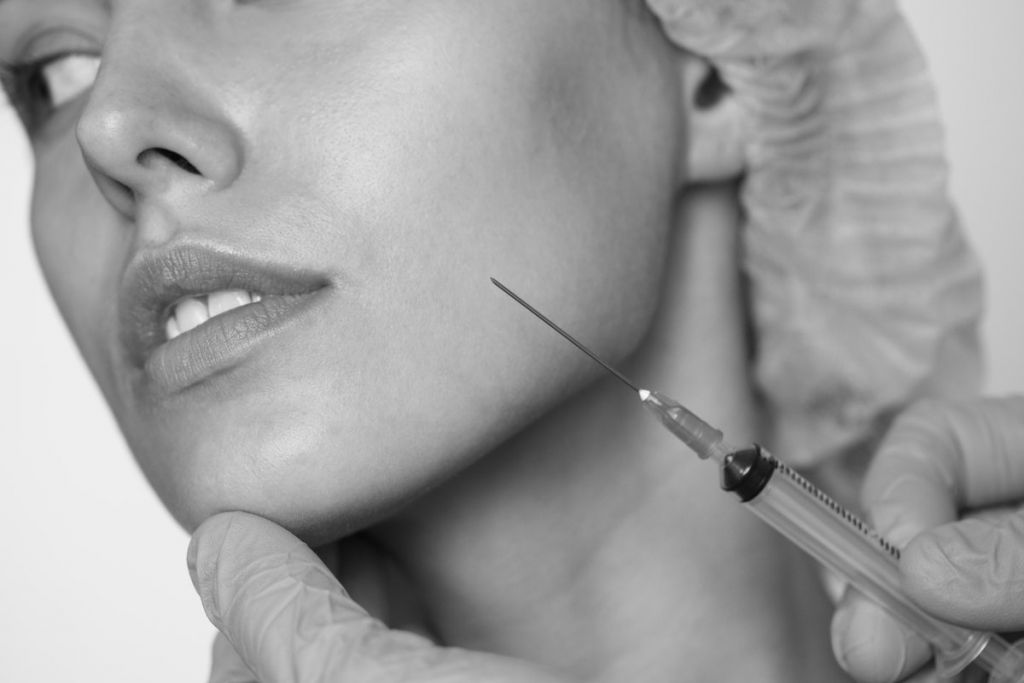Smoking cannabis is a great way to relieve pain and experience a healthy form of relaxation.
For years, marijuana has been prescribed as a pain reliever for those with cancer, glaucoma, and other diseases, and its recent legalization in several states has made it a natural and welcome part of daily life for many upstanding Citizens.
Therefore, one may wonder what the protocol is for someone who has had plastic surgery (or any type of surgery) and is experiencing significant pain or discomfort following the procedure.
Is it okay for this person to allay their pain with a toke or two?
There are certain times when it is best to refrain from smoking marijuana for a short period.
Plastic surgery, especially procedures that involve the abdomen or chest, can be very rough on the body, and come with the risk of complications.

Activities that cause coughing, vomiting or other muscular movements that could tear sutures or otherwise harm the skin’s ability to heal are not recommended.
For this reason, doctors advise refraining from smoking cannabis immediately after undergoing a surgical procedure.
However, there are plenty of other ways to ingest marijuana besides smoking it. Marijuana is made up of two primary cannabinoids: THC and CBD. THC, or tetrahydrocannabinol, provides the psychoactive element, while CBD or cannabidiol is primarily responsible for the plant’s pain relieving properties.
Luckily, CBD can be found in different extracts and oils without the presence of THC- meaning you can absorb all the health benefits of cannabis without getting high if you like.
Although studies linking low blood pressure to THC have not been exhaustively proven, there are some indicators that a regular joint or edible with a strong THC presence may lower one’s blood pressure, which in the immediate aftermath of surgery is not necessarily desirable.
Some patients with hypertension benefit from the presence of THC for this reason, but a patient with a normal blood pressure may do themselves harm if their rate is artificially lowered right after surgery.
The body needs as much rest as possible; introducing altered states generally does not help with the healing process.
Therefore, the safest course of action for someone recovering from surgery is to abstain from smoking marijuana for a few days and use CBD oils instead.
After a few days to a week, ingesting a marijuana edible with both THC and CBD present should be fine.
Again, the best way to approach this is to take it slow and monitor the effects of each substance before ingesting more of it. If one feels unnaturally light-headed, dizzy, or nauseous, the dosage may be too high.
Also, if a patient has never used edibles before, they should start with the smallest possible dosages.
Although edibles can be an extremely enjoyable way to experience marijuana, someone who has never tried them before may be unprepared for how powerful the effects can be.
By starting with small doses, the patient will understand how their body reacts to the drug, and be able to adjust their intake accordingly.
Fortunately, one can resume smoking after the major sutures or other surgical cuts have healed sufficiently so a coughing fit won’t tear them open.
Your doctor can help make this determination. Additionally, before resuming smoking, the patient should feel as if they are basically back to normal in terms of their energy level and respiration rate.
It’s also worth noting that there are a variety of ways to smoke marijuana.
Vaporizing, for example, is a slightly cleaner method of smoking pot than a traditional bong or glass pipe with a metal filter.
This is because vaporizers produce far less smoke. The particulate matter in smoke, as well as any impurities in the smoking instrument itself, can introduce carcinogens into the lungs and other tissue.
However, when done in moderation with clean instruments, smoking marijuana carries far fewer risks of health defects than smoking tobacco.
Regardless of the way one chooses to consume marijuana, it’s best to take it easy after surgery and shift over to alternative forms of ingestion.
By following these rules, a patient will be able to enjoy both their new look and their recreational drug of choice.
If you want to understand how THC and CBD interact with our body in more details, watch the below video with Dr John Teh, Cannabinoid Clinician explaining it in the below video:
- Using Cannabis After Cosmetic Surgery - August 10, 2018


